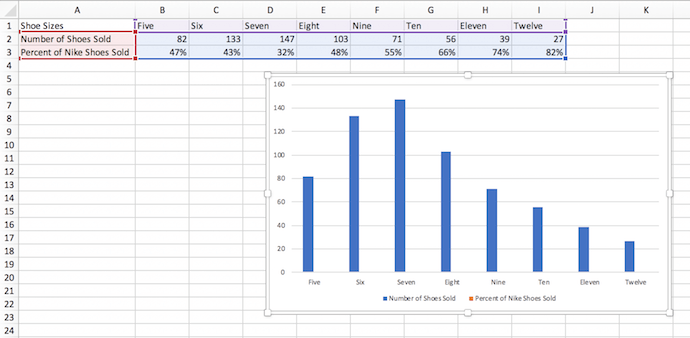
Excel For Mac Filter Chart Series
Excel for Mac Pivot Chart Filter What are Pivot Table Report Filters and How to Use them. Ex, excel for presentation, excel vorwahl in klammern umwandeln formel, excel vor leerzeichen abschneiden, excel form hinter text, excel for schleife summe, excel entertainment, excel show for zero, excel for pdf, excel dash for zero gembloong, excel.
When sorting your Excel tables and worksheets in Office 2011 for Mac, you’re likely to use ascending and descending sort orders most often. The quick way to sort a table or data range is to select a cell in the column you want to sort. Then go to the Ribbon’s Data tab, find the Sort and Filter group, and click Sort. The first time you click this button, the sort is lowest to highest or alphabetical. Click the button again to sort highest to lowest or reverse alphabetically.
Don’t click the column letter before sorting. If you do, the sort will be applied only to the contents of the column, not the entire table or data range.
After 27 years, Microsoft changed the name of this feature from AutoFilter to just Filter? R.I.P., AutoFilter. The Filter feature places a button to the right of each cell in the header row of a table or data range. Filter is turned on by default when you make a table, and you can see these buttons in the header row of a table. Google hex friend for mac. You can toggle Filter on or off by pressing Command-Shift-F. When you click the Filter button in a column header, the Filter dialog displays. The column header label is the title of the dialog. Filter lets you sort and filter.
Sorting data in Excel tables
The upper portion of the Filter dialog is for sorting:
Ascending: Click this button to sort the column from lowest to highest or alphabetically.
Descending: Click this button to sort the column from highest to lowest, or reverse alphabetically.
By Color: If you have applied color formats to a table, you can use this pop-up menu to sort by cell color or font color.
Filtering data in Excel tables
Beneath the Sort functionality is the Filter section of the Filter dialog. Usually, you know what you’re looking for in a column, so the first thing to do is either type what you want in the search filter or choose it from the Choose One pop-up menu and form field. Starting at the top of the Filter options you can choose:
By Color: Show records in your column that match the cell color, font color, or cell icon. If you haven’t applied colors or conditional formatting, this pop-up menu is inactive.
Choose One: Select a criterion from this pop-up menu. Then, in the pop-up menu to the right, you can select a record from the column that matches the set of conditions.
Check boxes: You can select and deselect these boxes to display only rows that match the selected items.
Clear Filter button: Removes all criteria from the entire Filter dialog so that no filter or sorting is performed.
This setting controls whether the series has been filtered out from the chart. The default value is False. Read/write Boolean.
Syntax
expression.IsFiltered
expression A variable that represents a Series object.
Remarks
When a user filters out a series, the series IsFiltered property switches to True, and the series is transferred out of its parent SeriesCollection. However, that series still remains in its parent FullSeriesCollection. When a user filters the series back in, it is inserted back in its original place in the SeriesCollection.

Property value
BOOL
Support and feedback
Have questions or feedback about Office VBA or this documentation? Please see Office VBA support and feedback for guidance about the ways you can receive support and provide feedback.